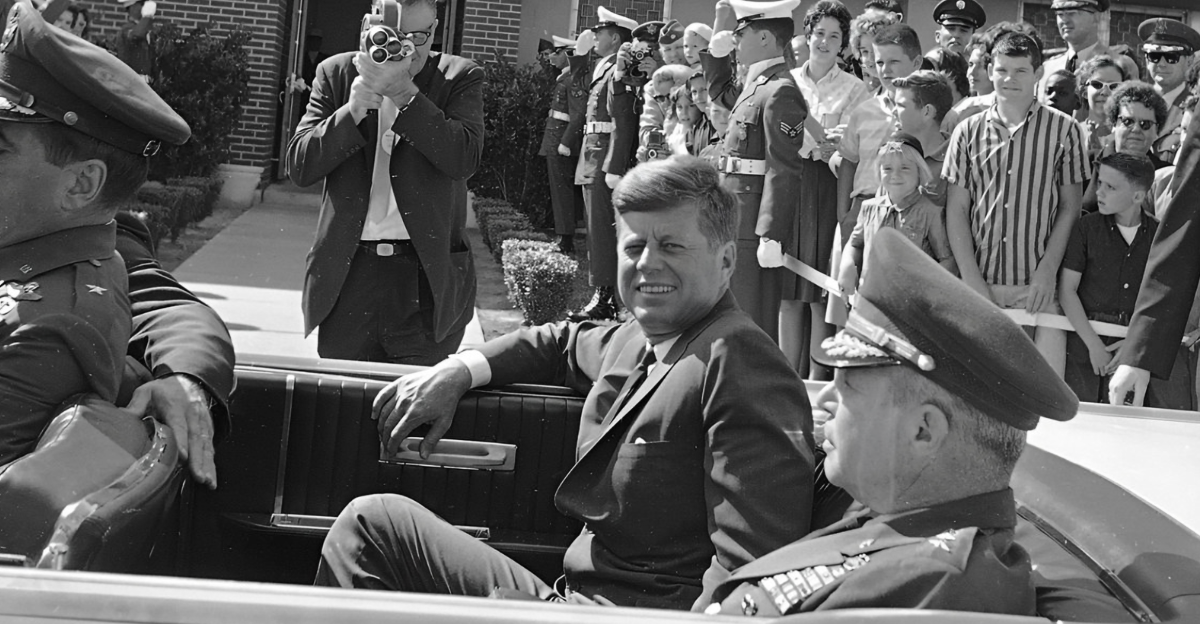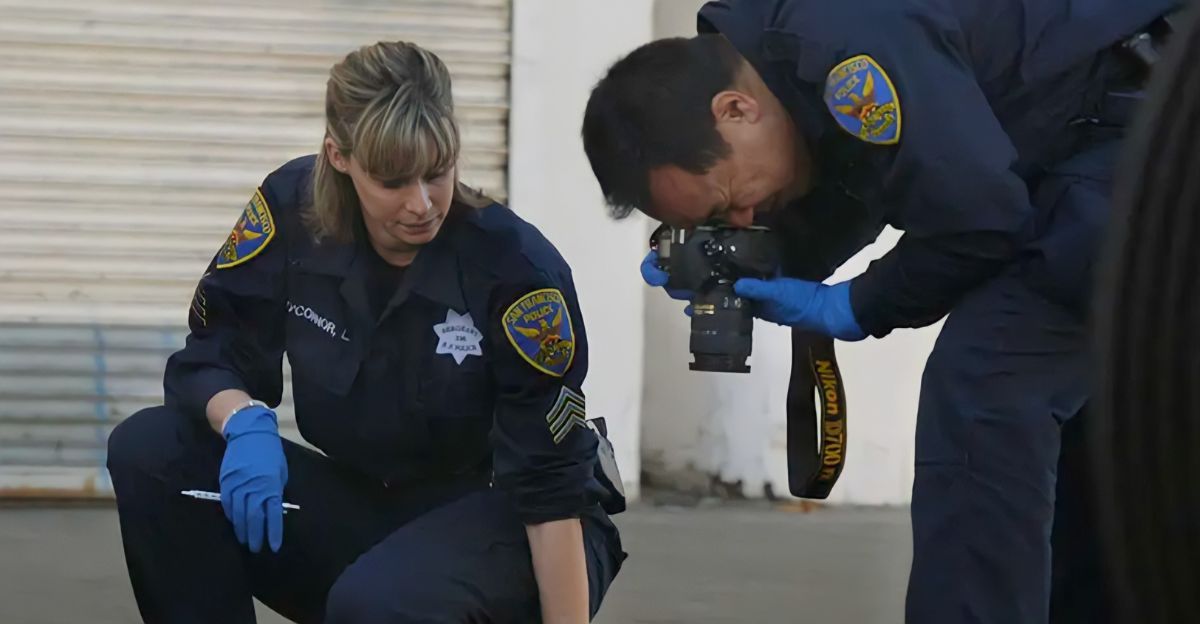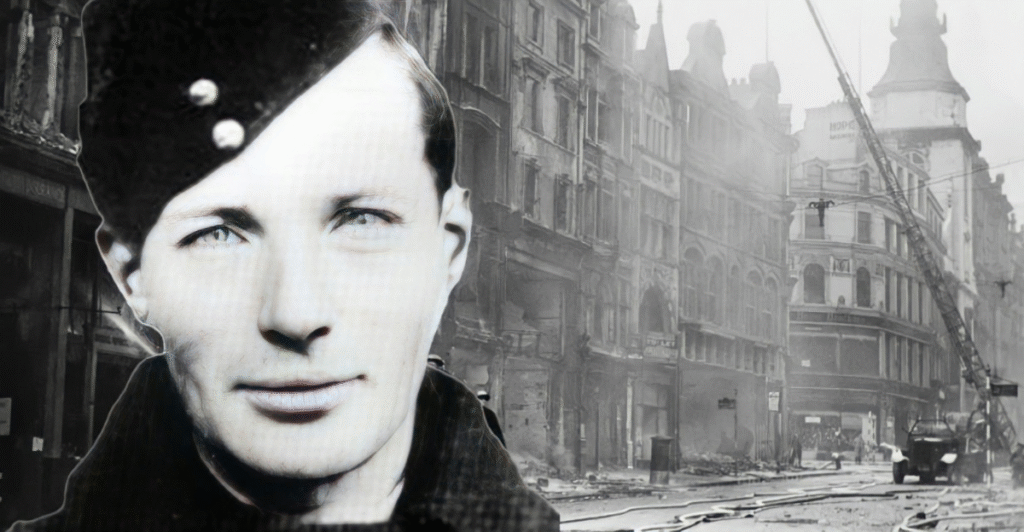
Amidst war-torn London, where bombs fell from the sky and blackouts blanketed the city at night, a new terror was born—not in the air, but within. Gordon Cummins, a highly decorated RAF airman, took advantage of the Blitz anarchy to commence a brutal series of killings.
His moniker, “The Blackout Ripper”, sent fear into a nation already shaken by war. In this article, we will delve into the horrifying transformation of a war hero into a serial killer, examining how the circumstances meant to protect the city were used as a guise for his crimes.
A Hero’s Mask
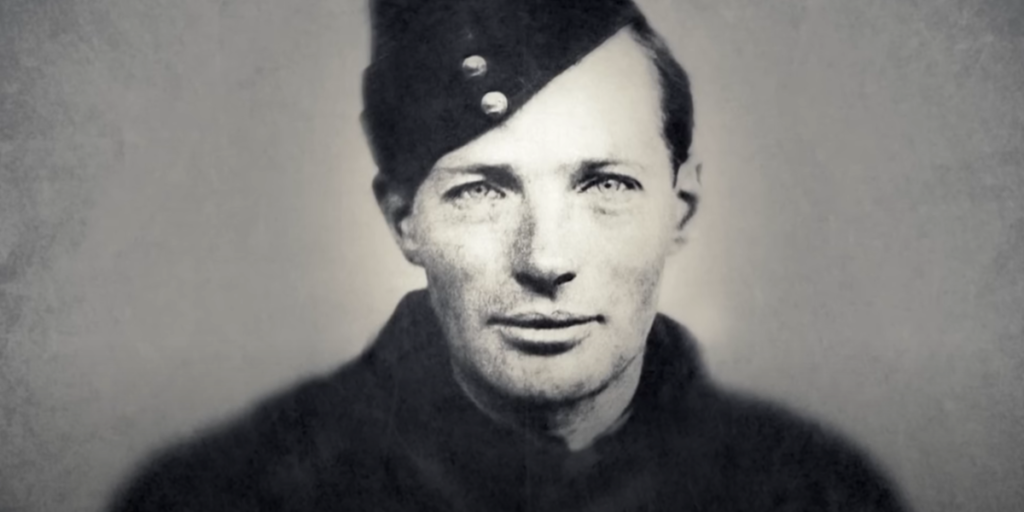
Gordon Frederick Cummins, who was born in 1914, was the embodiment of a British war hero. As an RAF airman, he was based in London during the Blitz, when the city was constantly under attack from German bombers. Cummins seemed disciplined and charismatic to his contemporaries, a dutiful and honorable man. But underneath this exterior was a different personality, one that would later take advantage of the very war he was fighting.
The Blitz’s Dark Veil
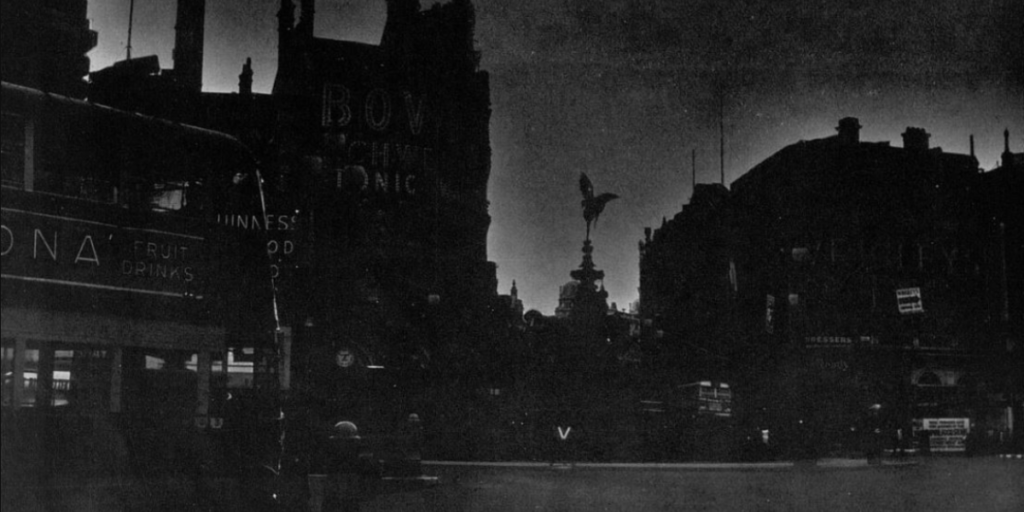
The Blitz darkened the skies over London each night, and blackouts were enforced to disrupt enemy bombers. As the city faced 57 consecutive days of aerial bombardment, the streets were shrouded in darkness, dust, and debris, creating an unfortunate breeding ground for criminal activity. This is where Cummins saw an opportunity to carry out his darkest fantasies, exploiting the measures taken to protect civilians by prowling the darkened streets in search of victims.
The Killing Spree Begins
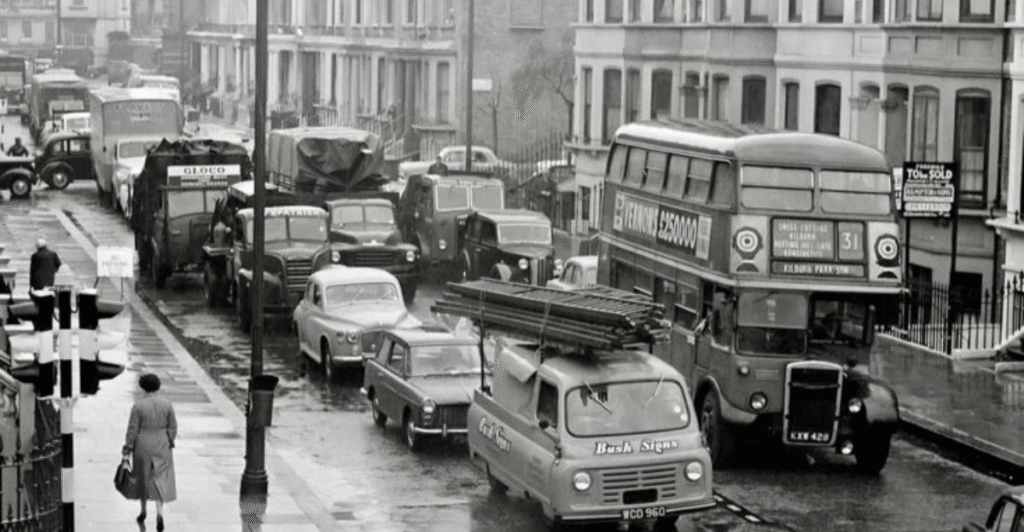
Between 8 and 13 February 1942, Cummins murdered four women and attempted to murder two others. His victims, typically prostitutes, were horribly mutilated and killed with improvised items found at the scene. The women’s bodies were discovered throughout London. The savagery of the attacks shocked detectives, who noted the precision and savagery with which the victims were attacked.
The Investigation Unfolds
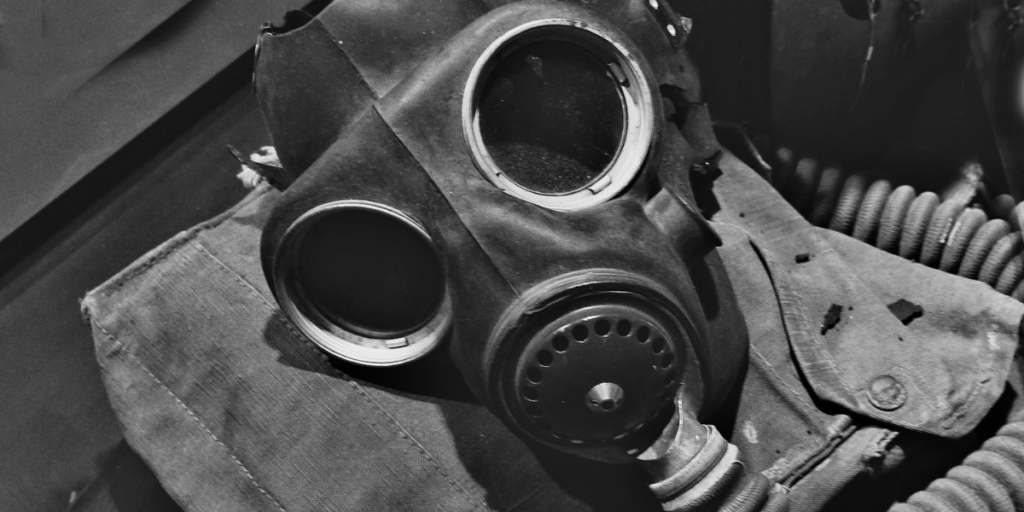
Detective Chief Superintendent Frederick Cherrill, who was specifically renowned for his expertise in fingerprint analysis, headed the investigation. The crime scenes left investigators with little to go on until Cummins made a fatal mistake. Investigators made their most significant breakthrough after Cummins had left his RAF-issued gas mask behind at the scene of an attempted murder. The mask’s serial number led straight to him, and his fingerprints were found on a tin opener he used in one of the murders.
The Trial and Conviction

Cummins’s trial started in April 1942 at the Old Bailey. Despite his denials of guilt, the evidence was compelling. During the investigation, DCS Cherrill discovered that the killer had strangled his victims, leaving behind handprints that pointed to a left-handed assailant. As witnesses testified, and forensic experts confirmed the fingerprint evidence, the jury, after brief deliberation, convicted him of Evelyn Oatley’s murder, for which he received a death sentence. He was hanged on June 25, 1942, during a German air raid.
The Role of the Media
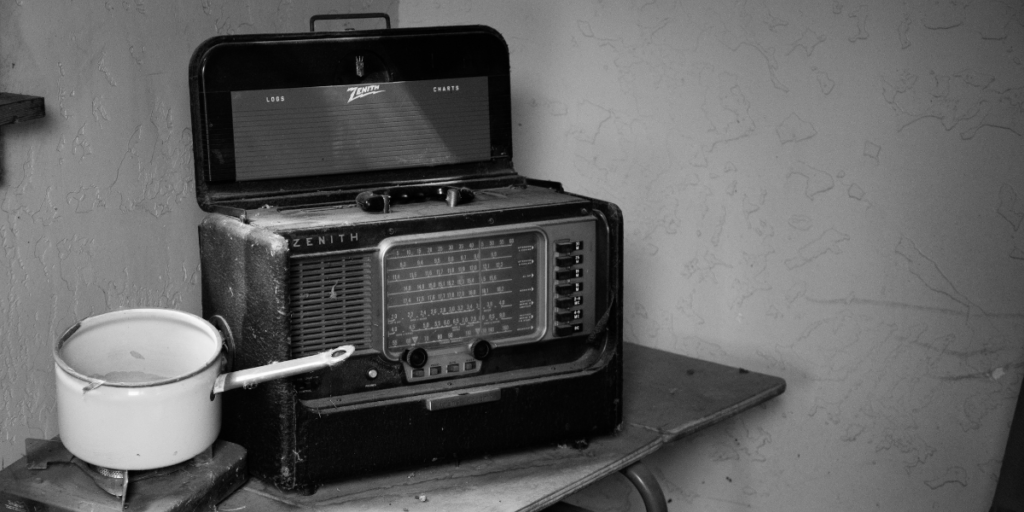
Wartime censorship limited media reporting of the murders to maintain public morale. But the brutality of the crimes could not be fully suppressed. Rumors abounded, and the press dubbed the unknown murderer “The Blackout Ripper”, likening him to the famous Jack the Ripper, further stoking public interest and imagination. The case highlighted the thin line between national security and the public’s right to know during a crisis.
Psychological Profile
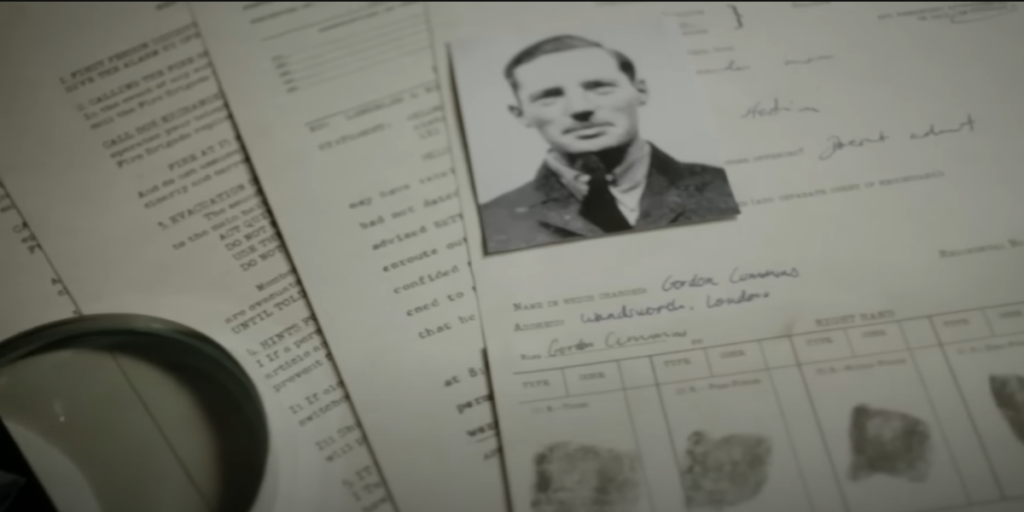
Cummins’ crimes hinted that he was a sexual sadist, taking pleasure and gratification from his victims’ suffering. Further, his dual existence—a renowned soldier during the day and killer at night—suggests a shattered mind. The tensions and shadow-filled nature of war-torn London perhaps amplified his inherent violent impulses, allowing his dark side to surface and reign when no one was looking.
Legacy and Lessons
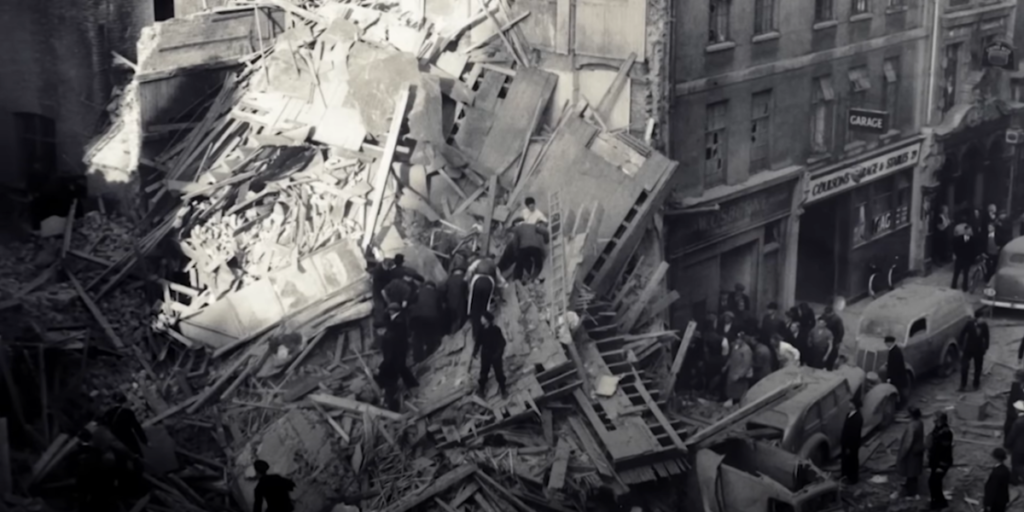
The Blackout Ripper case is a grim reminder of how social turmoil can hide individualized atrocities. As London’s soldiers, authorities, and citizens scrambled to live another day, it became easy for predators, such as Cummins, to take advantage of an already bad and chaotic situation. This highlights the importance of active law enforcement and psychological counseling for high-stress professionals. As profiling and crime-solving techniques have since evolved, Cummins’ life serves as a study in the intersection of war, psychology, and crime.
Remembering the Victims

As Cummins’ name continues to live on in notoriety, it is much more important to remember his victims: Evelyn Hamilton, Evelyn Oatley, Margaret Lowe, and Doris Jouannet. Their lives were brutally and unnecessarily shortened, and their stories will not be forgotten. Memorials and continuing research into their lives keep their legacies alive, helping to remind us of the cost of such brutal crimes.

